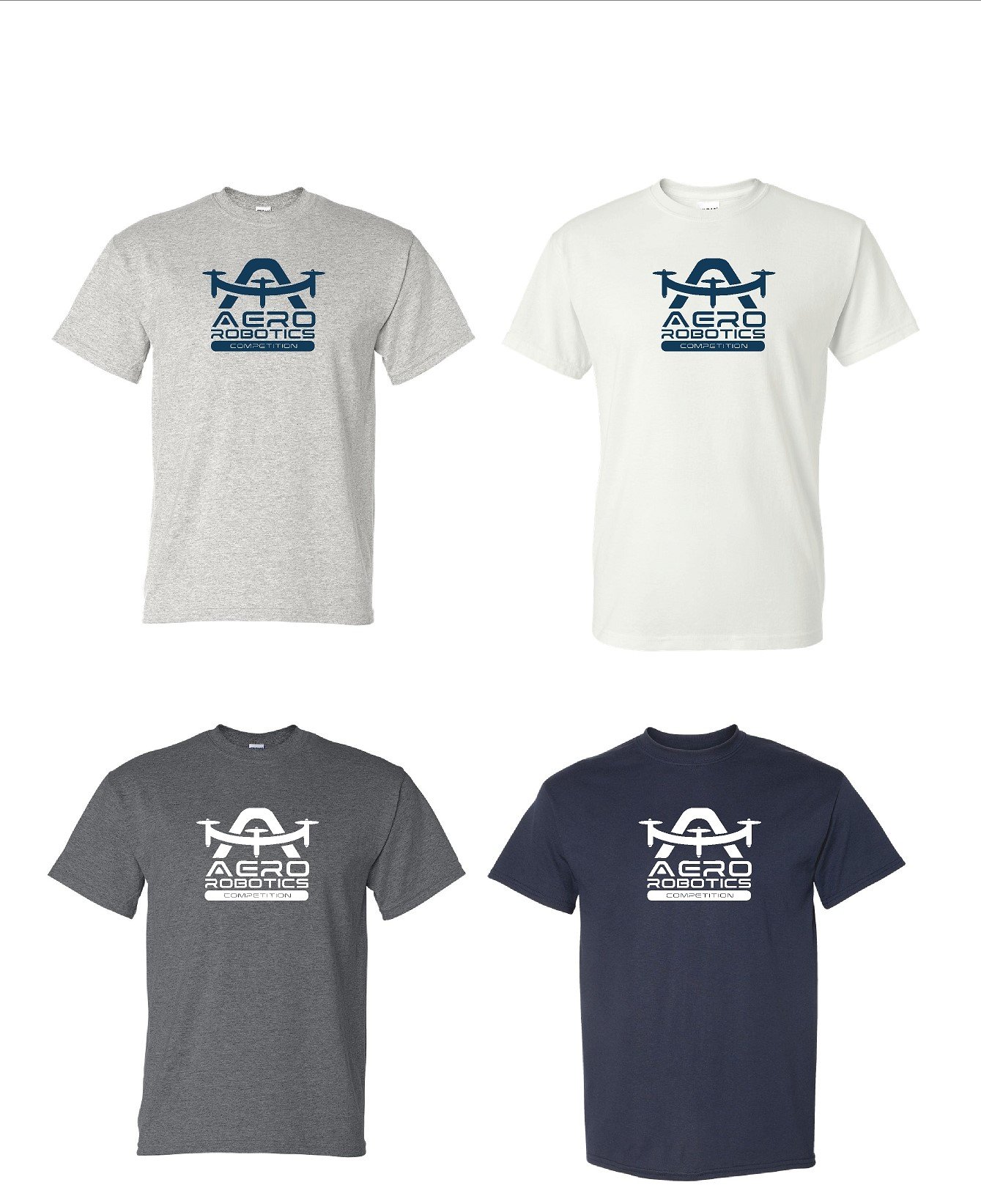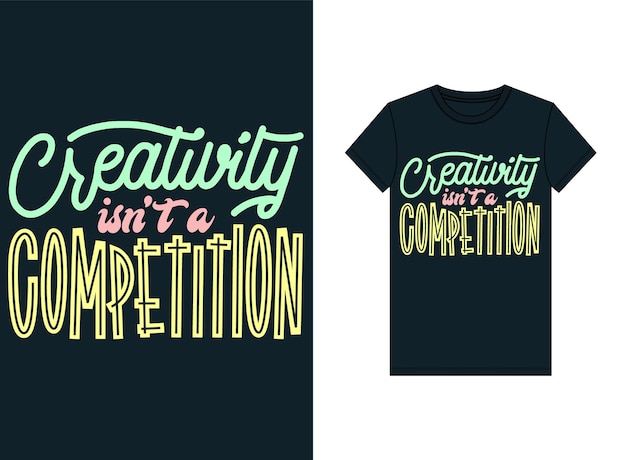Active Competition Samples
In the fast-paced world of competitions, whether in sports, academics, or business, having effective samples is crucial for success. Not only do they serve as templates or benchmarks, but they also demonstrate creativity, technical skills, and the ability to stand out. This article explores the significance of active competition samples, providing insights and practical examples to help participants excel. Additionally, we will include relevant resources and visuals to enhance understanding.

Understanding the Importance of Competition Samples
Competition samples play a vital role in various fields. They not only showcase the quality of work but also reflect the participant’s understanding of the competition’s requirements. Here are several key reasons why samples are essential:
- Clarity of Expectations: Samples provide a clear idea of what judges are looking for, setting a baseline for quality and creativity.
- Inspiration: Reviewing samples can spark innovative ideas and approaches, helping participants to formulate unique strategies.
- Skill Development: Working on samples allows individuals to hone their skills, learning from both successes and mistakes.
Types of Competition Samples
While the nature of samples may vary depending on the competition’s field, some common types include:
- Written Entries: For essay contests, grants, or research presentations, the written word must be clear, concise, and impactful.
- Design Samples: In fashion or graphic design competitions, aesthetic appeal and originality are paramount.
- Performance Samples: In performing arts, samples can be video clips or live demonstrations showcasing the talent and preparation of the participant.
Key Elements of Effective Samples
When creating samples, certain elements will enhance the overall effectiveness:
- Originality: A unique idea or perspective can significantly impact judges’ impressions.
- Relevance: Ensure the sample aligns with competition guidelines and themes.
- Technical Quality: High-quality workmanship is critical, whether in writing, design, or performance.
Examples of Successful Samples
Examining successful samples can provide valuable lessons for aspiring competitors. For instance, effective marketing materials for business competitions often include:
- Clear Branding: Consistent use of logos and colors that align with the business’s image.
- Engaging Visuals: Infographics or charts that convey data in an easily digestible format.
- Persuasive Content: A narrative that connects with potential consumers and demonstrates the brand’s value proposition.
Resources for Crafting Competition Samples
To further inspire your sample creations, consider exploring the following resources:
- Sample Page 1: A collection of writing samples that excel in creativity.
- Sample Page 2: Visual design samples that showcase artistic talent.
The Role of Feedback
Feedback from peers and mentors can significantly improve the quality of competition samples. It offers a different perspective, highlighting areas for improvement and reinforcing best practices.
Conclusion
Active competition samples are more than just templates—they are foundational tools for success. By understanding their importance, exploring various types, and focusing on key elements that make samples effective, participants can enhance their chances of standing out. Don’t forget to utilize the resources provided to gather inspiration and guidance. Always remember, the key to winning in competitions lies not just in participation but in how effectively one can communicate their ideas through their samples!
